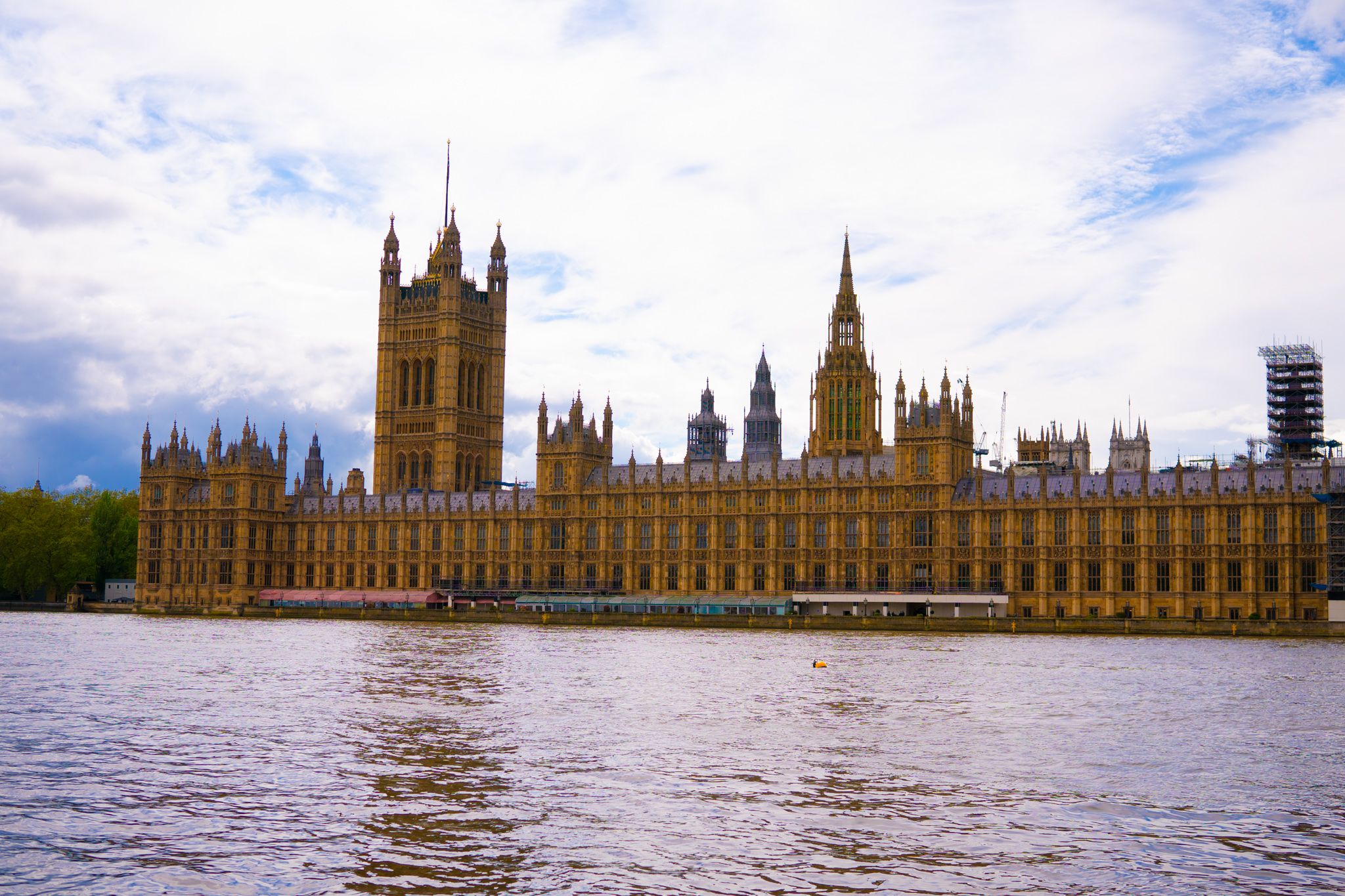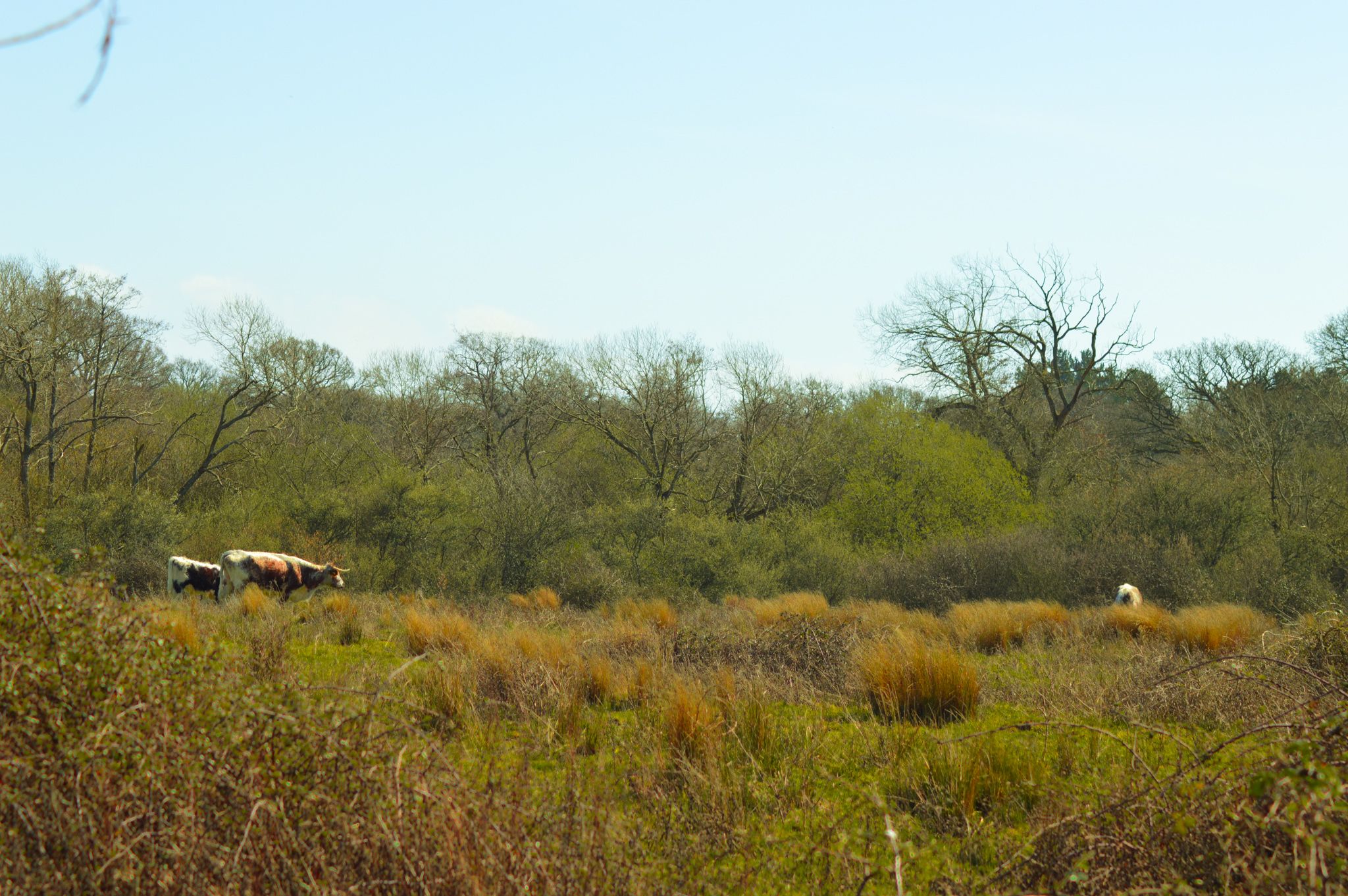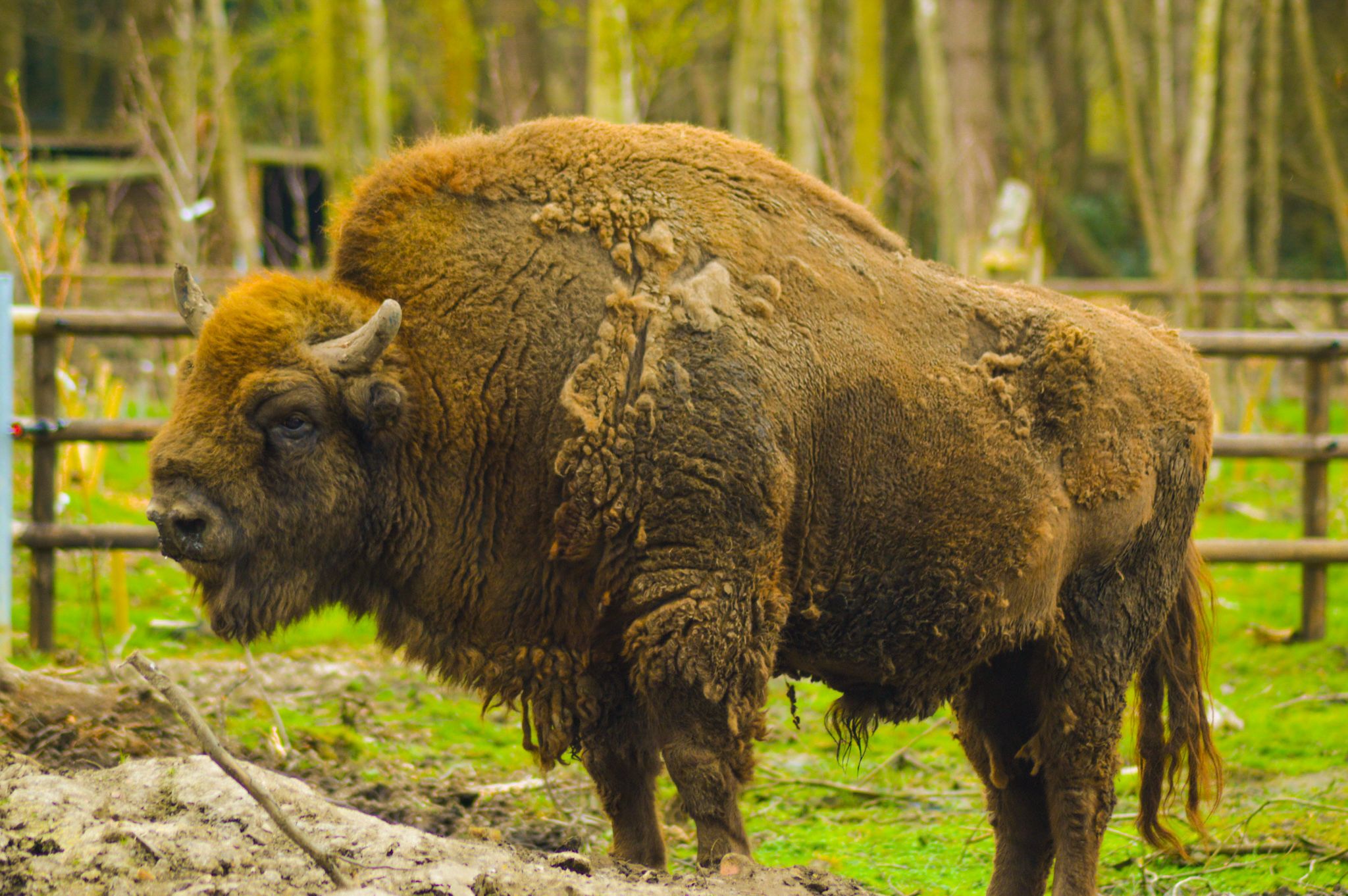Rewilding Britain:
Reviving the land and sea

A rich tapestry of life once covered the length and breadth of Britain. Over 100,000 years ago, the Thames valley was home to straight tusked elephants and hippos. More recently, the Eurasian lynx, Europe’s largest native cat, stalked vast forests, sleuthing on unsuspecting prey alongside wolves, who prowled the country until the 18th century.
Today, Britain is one of the most nature-depleted countries on Earth - a planet on the brink of environmental catastrophe. As variety of life - or biodiversity - plummets and the impacts of climate change become clearer, calls to rewild terrestrial and marine ecosystems grow louder.
In Blean woods, near Canterbury, Kent, a 7000-acre area of ancient woodland is being prepared for wild arrivals in 2022…
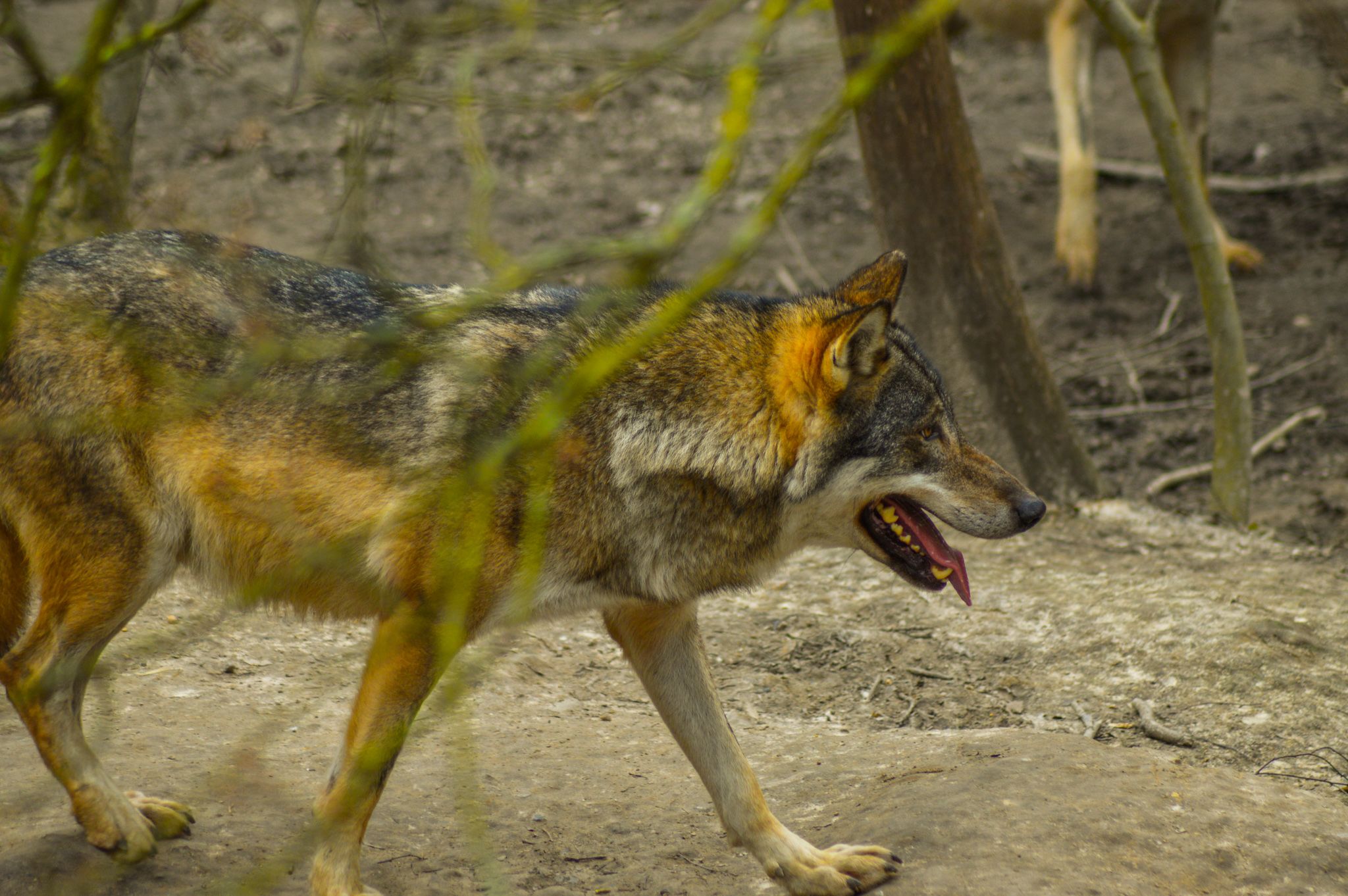
The herd of European Bison released into Blean Woods will be the first to freely roam across any area of British land since their extinct relative, the Steppe Bison, an estimated 16,000 – 18,000 years ago.
Much of the flora and fauna that today’s environment evolved with is missing. Historic and present exploitation has stripped nature of its dynamism and stochasticity, and the ecosystems that once created and maintained diversity of life are struggling to function.
Chapter 1: Letting nature lead
Rewilding is hailed as a cost effective way to tackle the climate and extinction crises.
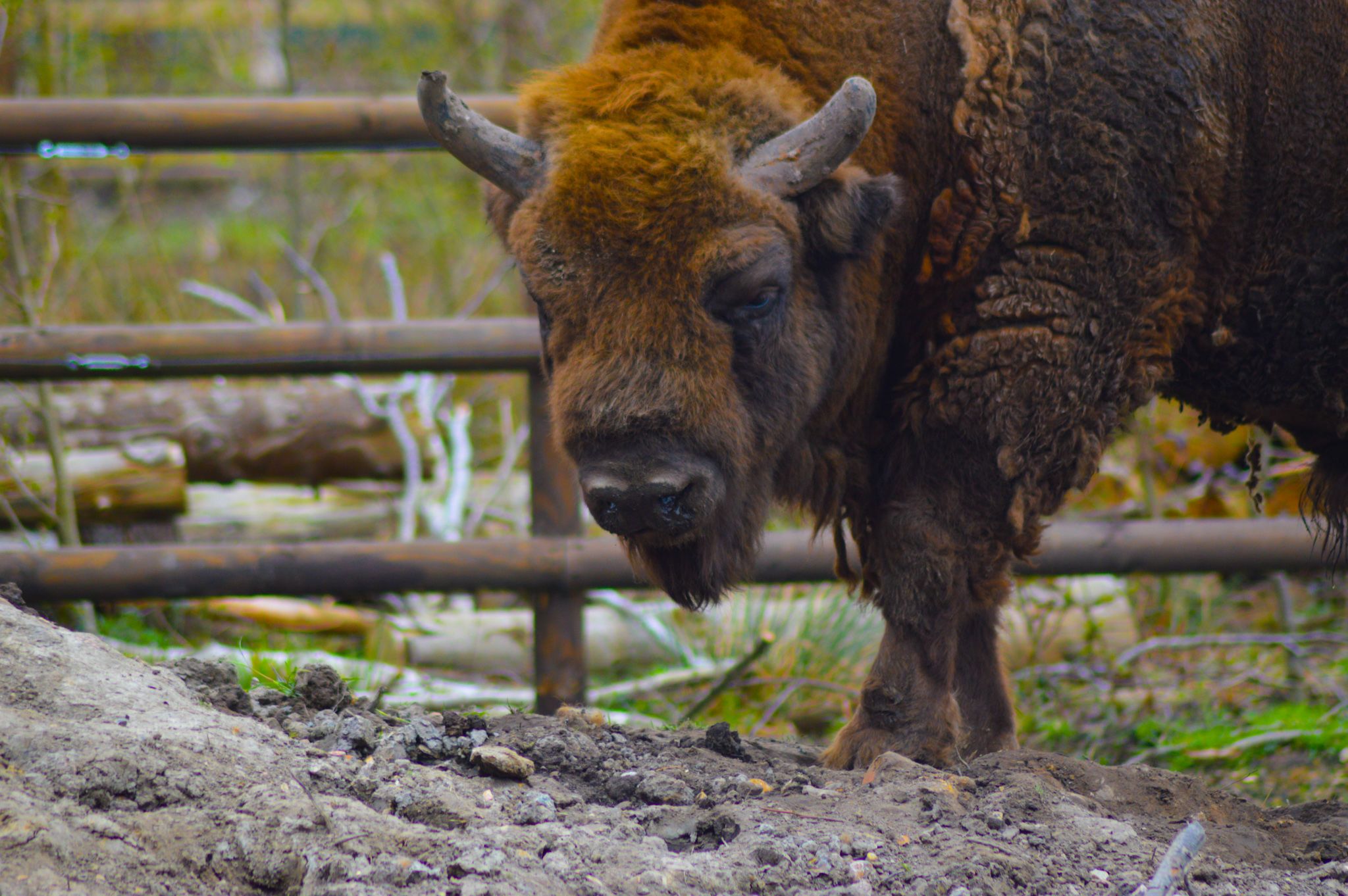
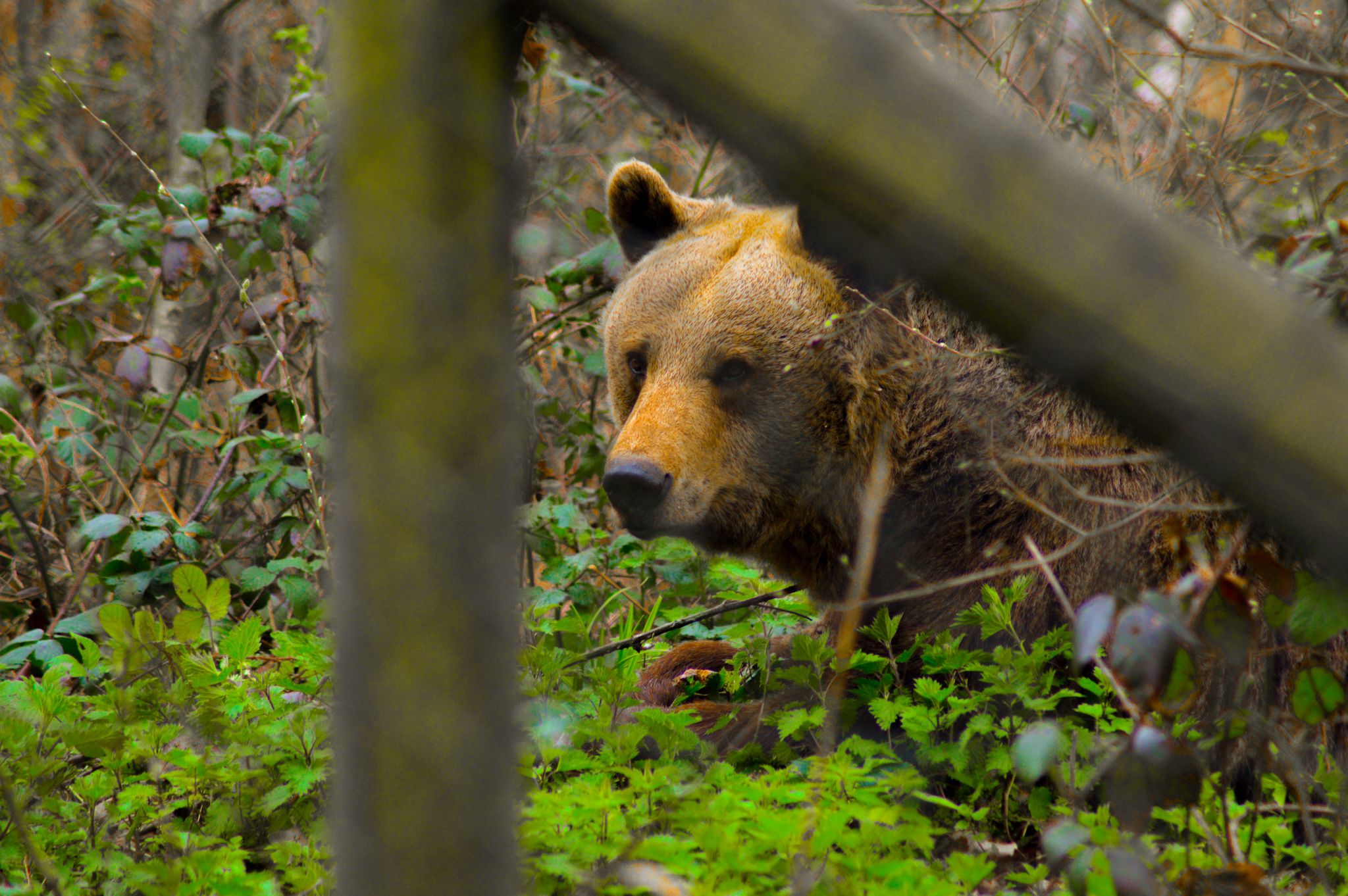
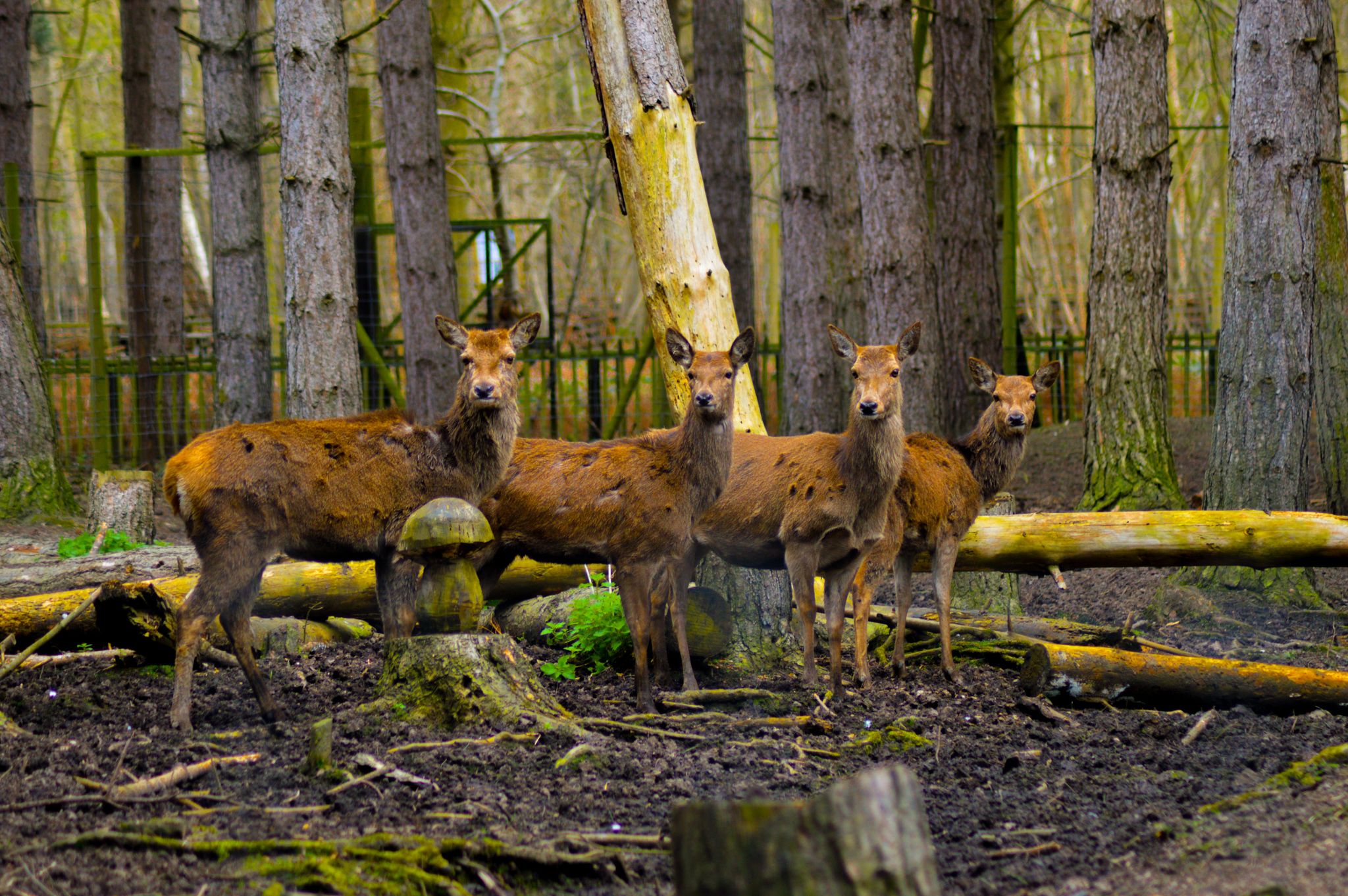
Traditional conservation has limited the damage to nature by protecting relatively intact, but still degraded pockets of land in situ. Rewilding specialises in restoration, repairing the damage done to ecosystems.
In Britain, nature is being depleted at a higher rate than the global average. Depreciation of terrestrial areas is so severe, of 218 countries assessed on biological intactness, Britain ranked 189th.
Richard Bunting is media relations officer at Rewilding Britain, a charity advocating rewilding. He says, “you’re looking at habitats that are often in a very bad state of affairs. Much of rewilding is about fixing the holes we’ve punched in nature, fixing our shredded ecosystems.”
Often at a large scale, rewilding restores non-human autonomy to landscapes through re-establishing natural processes – the infinite interactions between plants, animals and the environment that have gone missing with species and habitats as they have declined, letting nature lead its own recovery.
Lecturer in biology at the University of Sussex Christopher Sandom says, “if we can just give more space to nature, it can do a lot by itself. We seem to have forgotten that nature can look after itself.”
By establishing core areas, providing connectivity between those areas for species to migrate, and through the reintroduction of key species where appropriate, nature can regain the capacity to self-regulate.
Sandom says, “the whole idea is to say, let’s get an ecosystem back into a state that it can look after itself, that will look after lots of biodiversity and provide lots of ecosystem services.”
Restoring ecosystem processes like predation, grazing, regeneration, and decomposition through the targeted reintroduction of keystone species is a critical element of rewilding. Sandom says, "these species tend to be low in number but high in impact."
Britain has lost most of its native species, and with them, their function within their ecosystem. Beavers went extinct over 400 years ago. However, through reintroductions from populations elsewhere, small communities are scattered across terrestrial waterways.
Sandom says, "because they have this engineering role, because they build dams which creates wetlands which changes habitat availability, loads of other species benefit from the activity of the beaver."
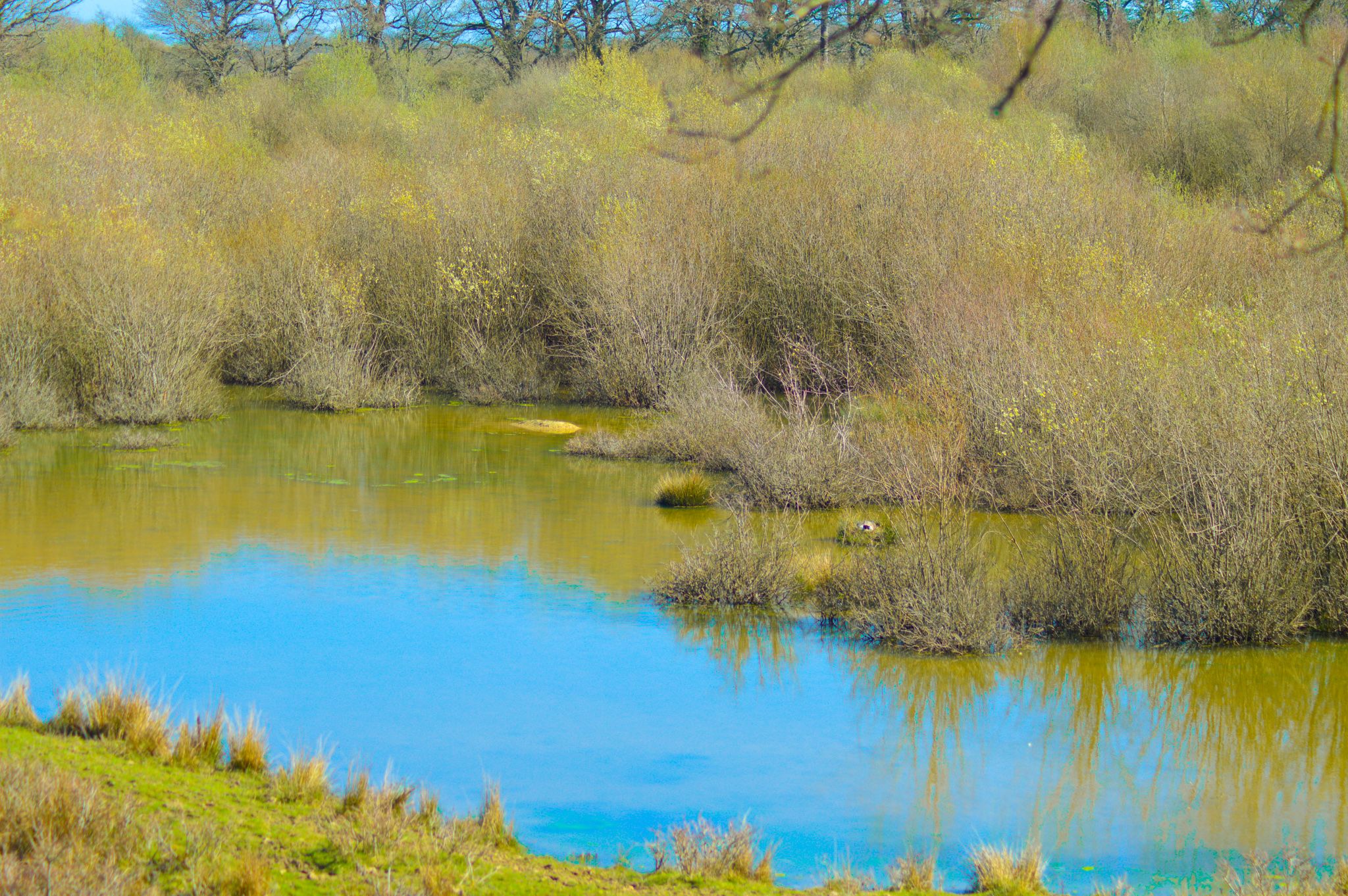
Wolves once played a key role in British ecosystems. Through their natural behaviours, they can trigger trophic cascades. This natural phenomenon drives ecological processes from the top of the food chain to the bottom.
In the absence of predators, deer populations have grown exponentially, increasing grazing pressure on young tree shoots. This hampers forest regeneration, which has knock-on implications for a variety of species.
Wolves prey on deer, but they also change their behaviour by keeping them on the move, reducing browsing pressure to the benefit of saplings and numerous species.
By enhancing biodiversity, ecosystem resilience and service provision, rewilding can help nature adapt to and mitigate the impacts of climate change, and arrest accelerating species decline - preventing extinctions.
Beaver image credit: Pixaby
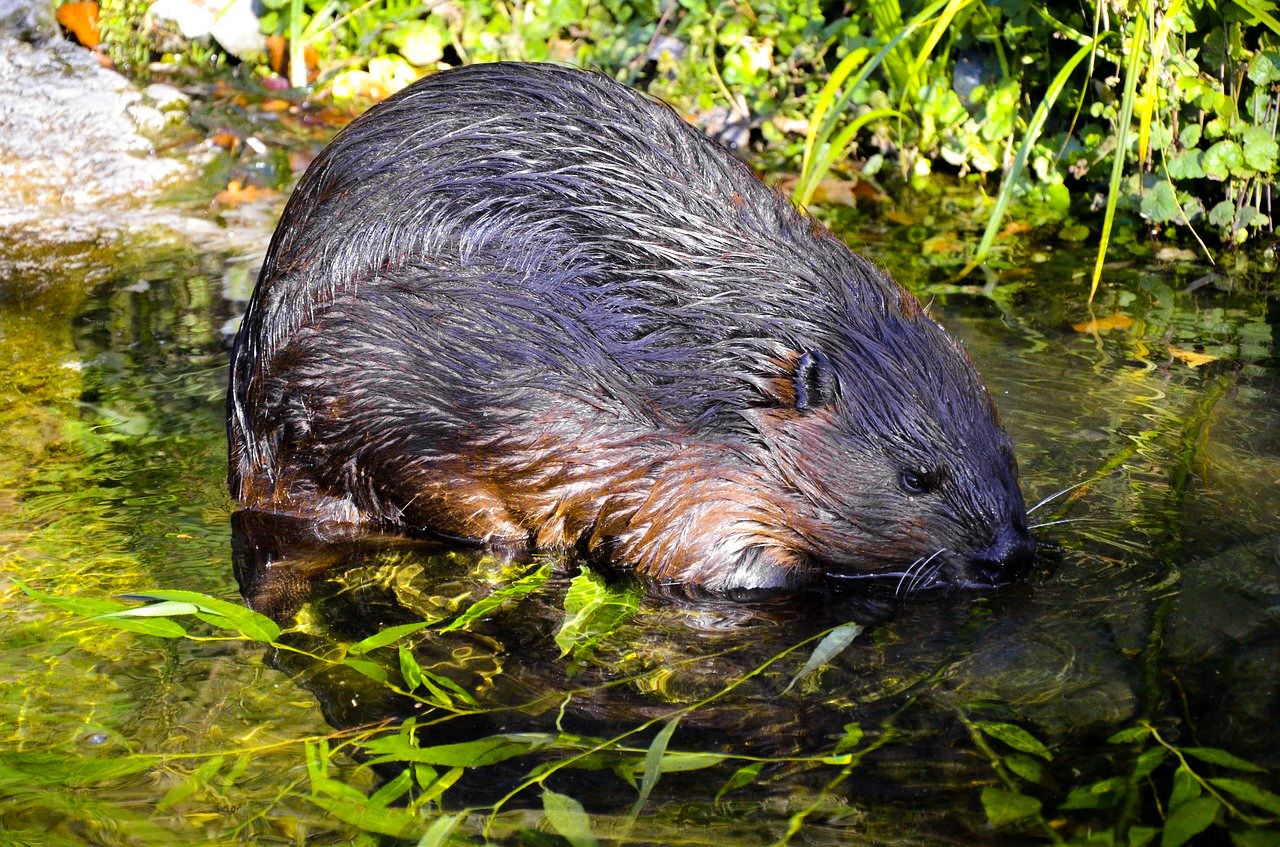
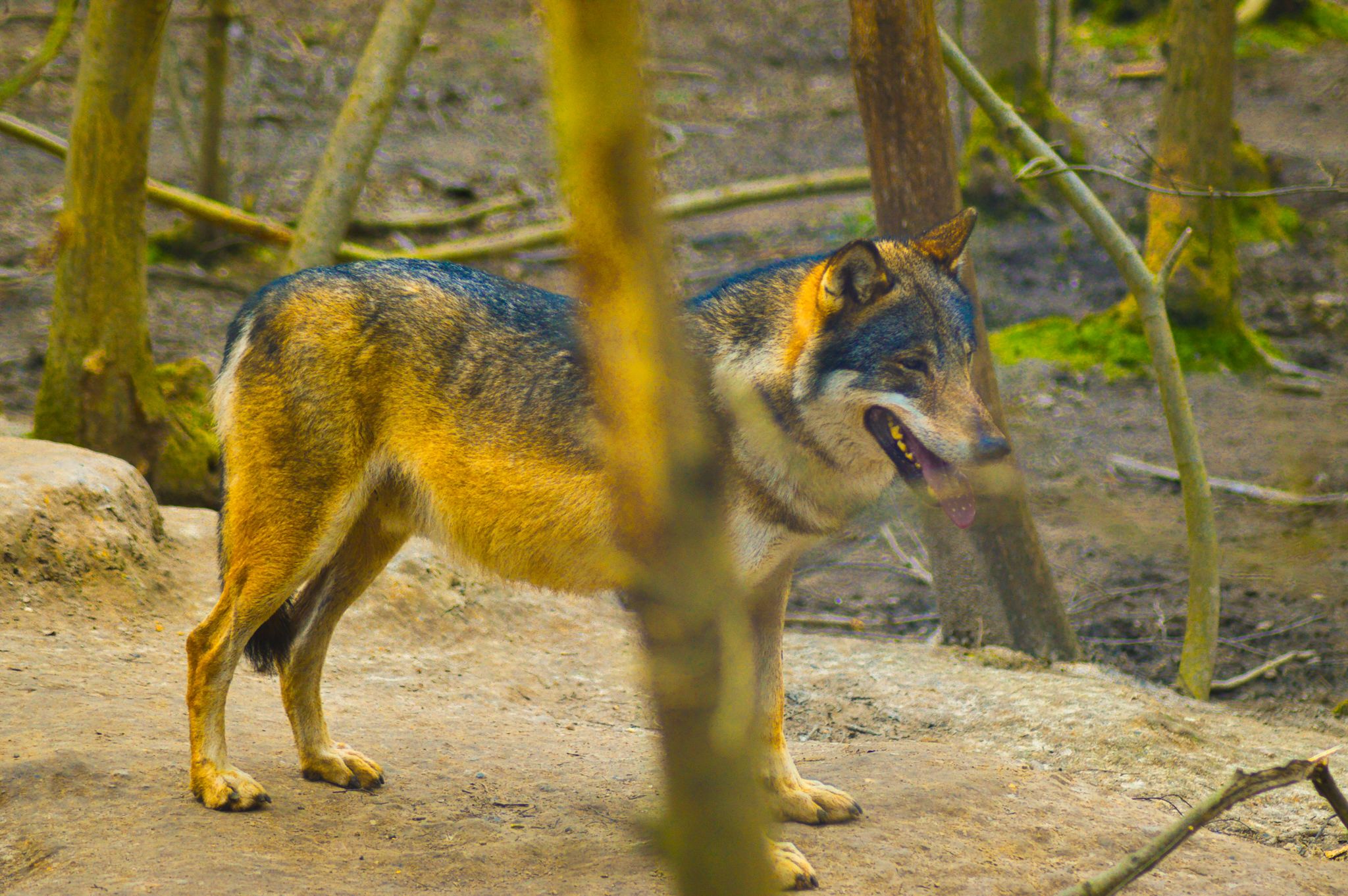
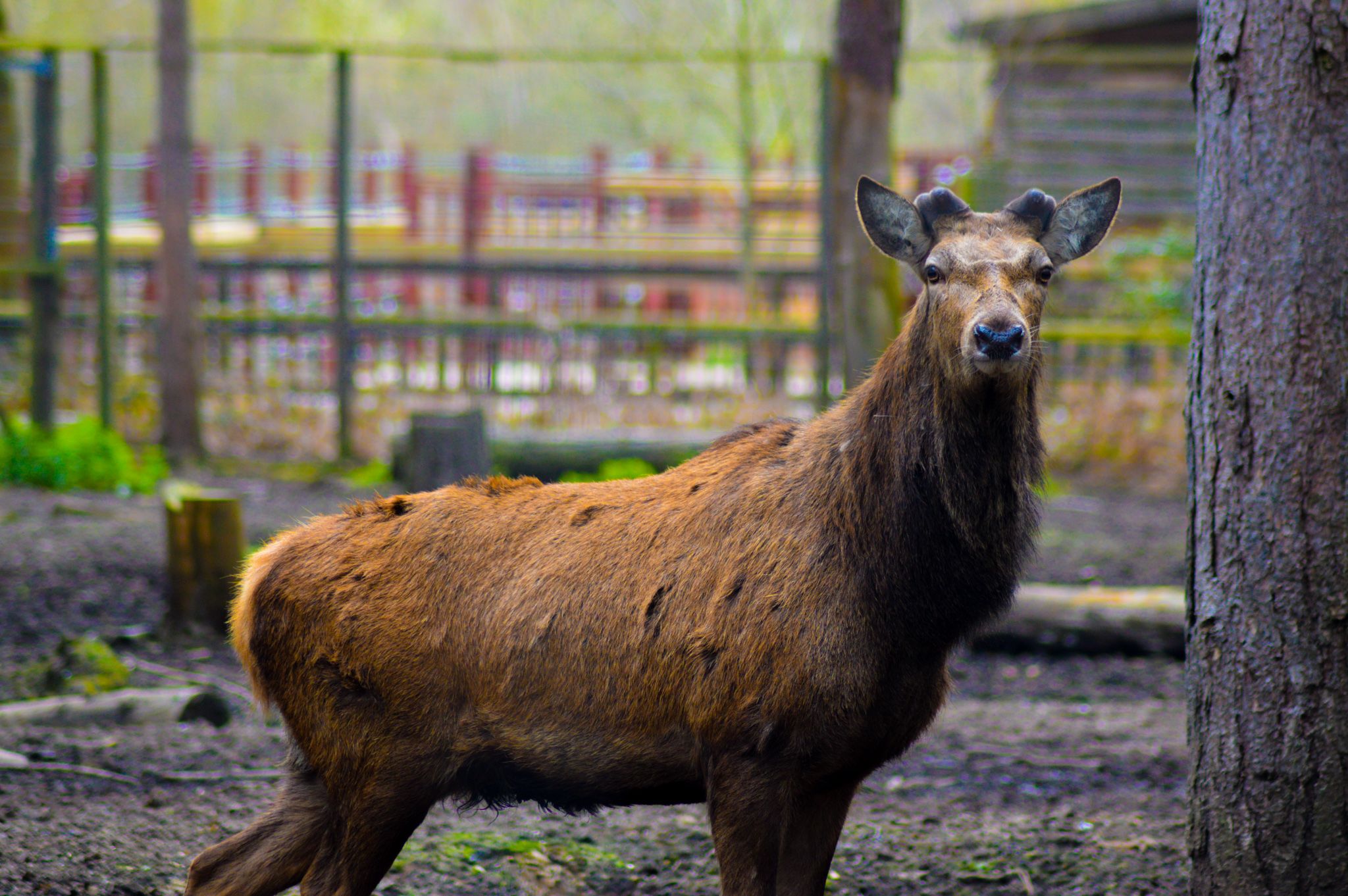
Chapter 2: The brink of extinction
Species are being driven into decline by human activity.

Human activity has altered the environment to such an extent that some scientists have called for a new geological epoch to be declared – the Anthropocene, to recognise humans as the driving force of planetary activity.
Historic and present pressures on the natural world have forced critical habitats and species into decline. Consequently, warnings of climate breakdown and the sixth mass extinction of life on Earth are becoming increasingly stark.
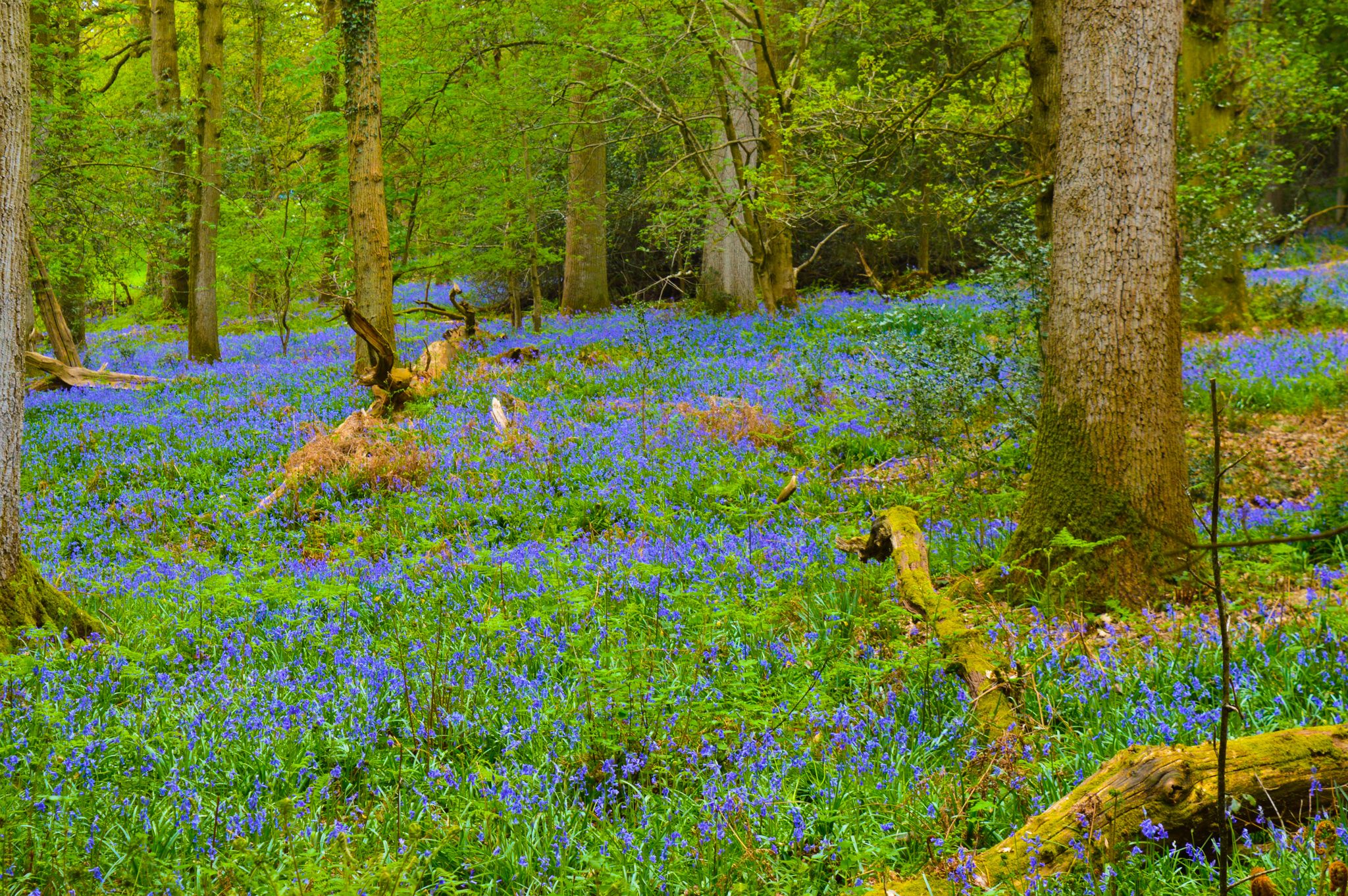
11% of terrestrial Britain is peatland, a rare habitat that is a treasure house of biodiversity and one of the most effective carbon sinks on the planet - yet an estimated 80% are degraded due to human management. 97% of wildflower meadows, crucial habitat for pollinators have been lost in the past century, and forest cover in Britain is only 13% compared to an average of 38% in European Union (EU) member states.
Back at Rewilding Britain Bunting says, "some of the depletion of our ecosystems and the eradication of our habitats and the extinction of species has been evolving over centuries. Some of it has really gathered pace in the past century."
The most recent State of Nature Report revealed that a quarter of all mammals and almost half of all birds assessed are at risk of extinction. Since 1970, despite some successes in preserving targeted species, Britain has suffered a net decline in biodiversity, with no indication of a let up for nature.
In 2010, the UK government agreed to the Aichi Biodiversity Targets, aiming to stem the loss of species by 2020. The government's assessment on their progress showed that headway was made but at an insufficient rate.
An RSPB report entitled 'A Lost Decade for Nature' concluded that this was generous. On counts of protecting species, protecting area, and financing nature recovery, the UK moved away from its targets.
Bunting says, "rewilding is about resetting our relationship with nature and upscaling our ambition in terms of protecting the natural world and re-engaging with the natural world."
Marine ecosystems are facing similar pressures and declines.
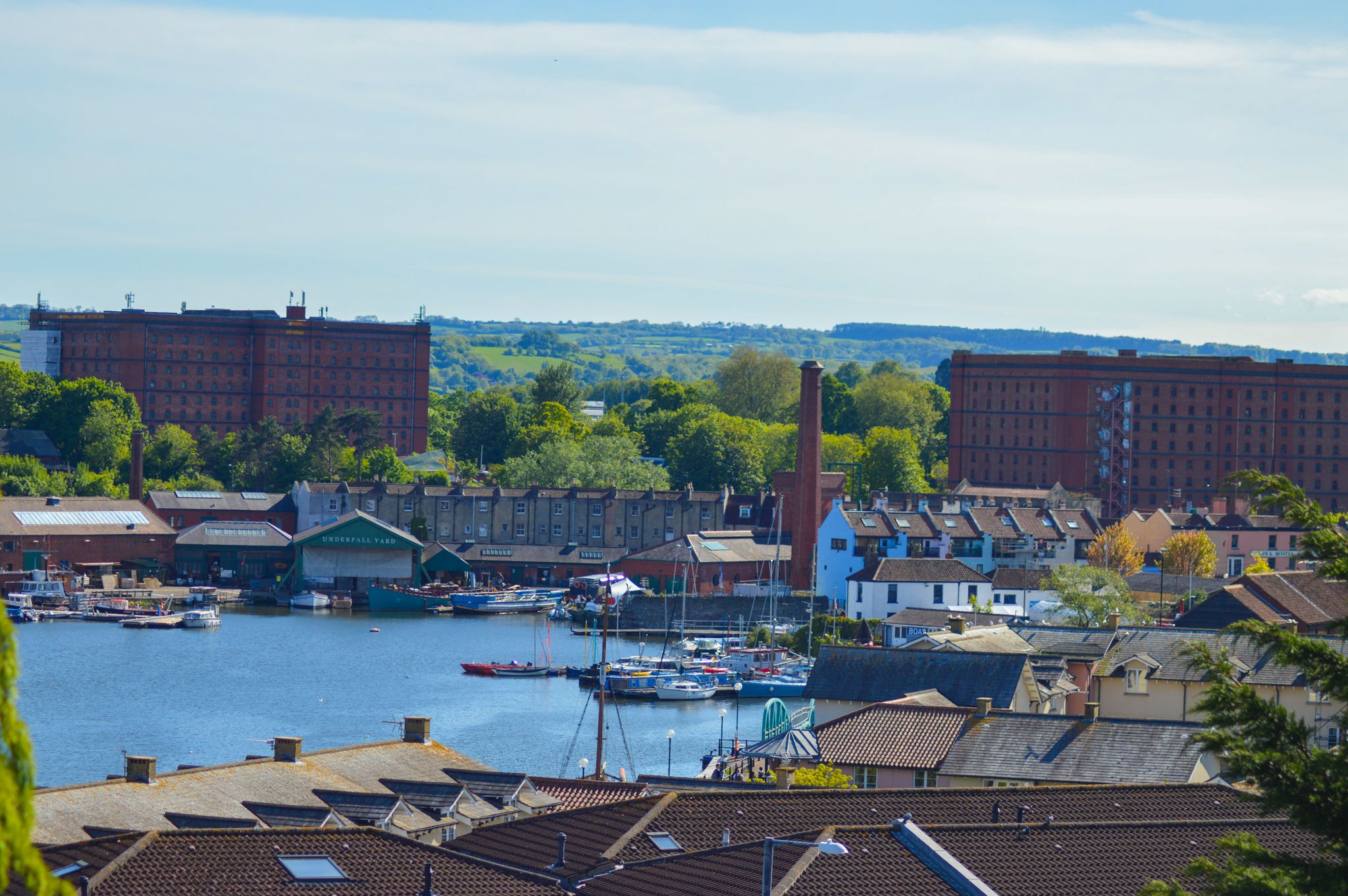
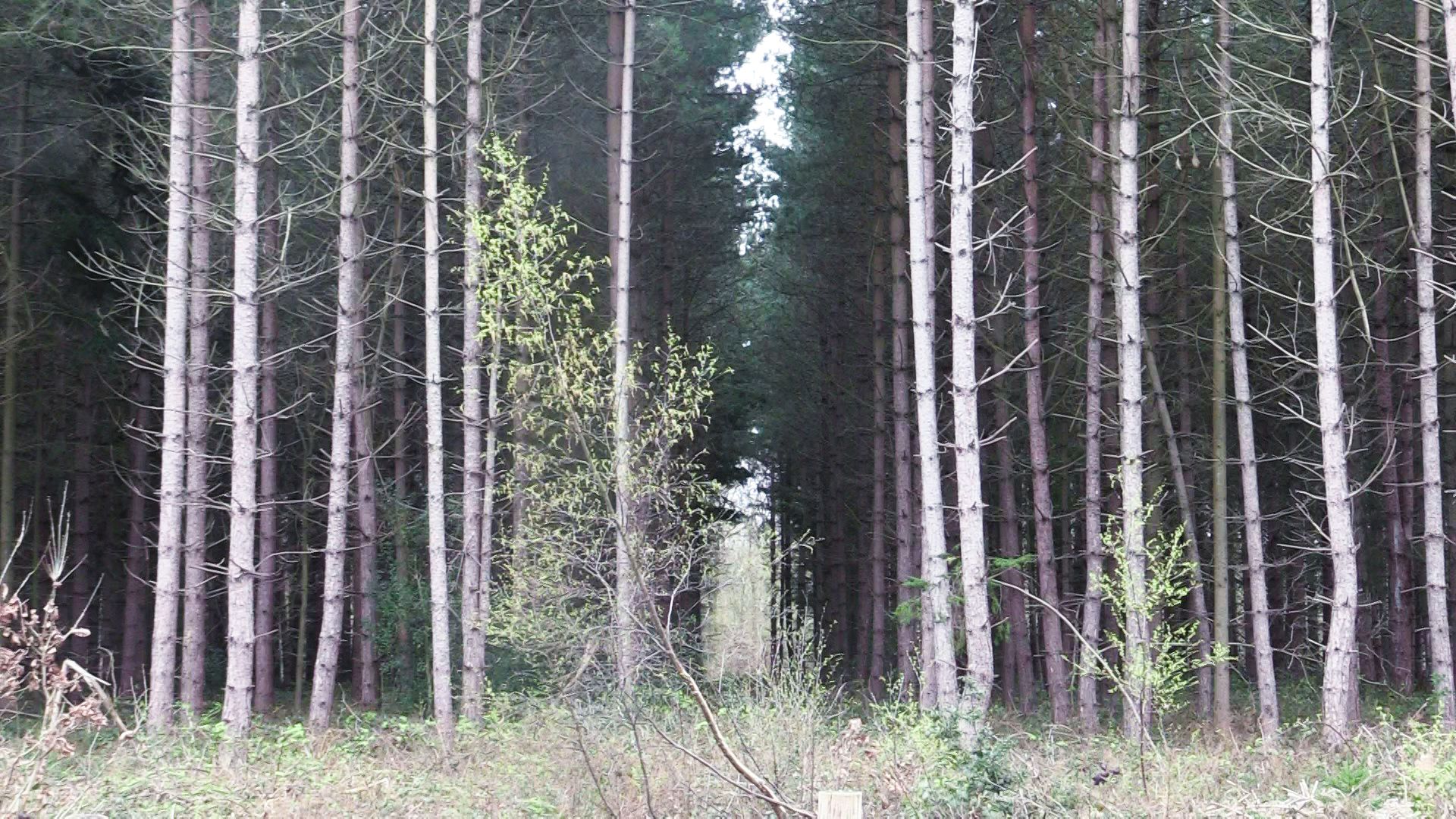
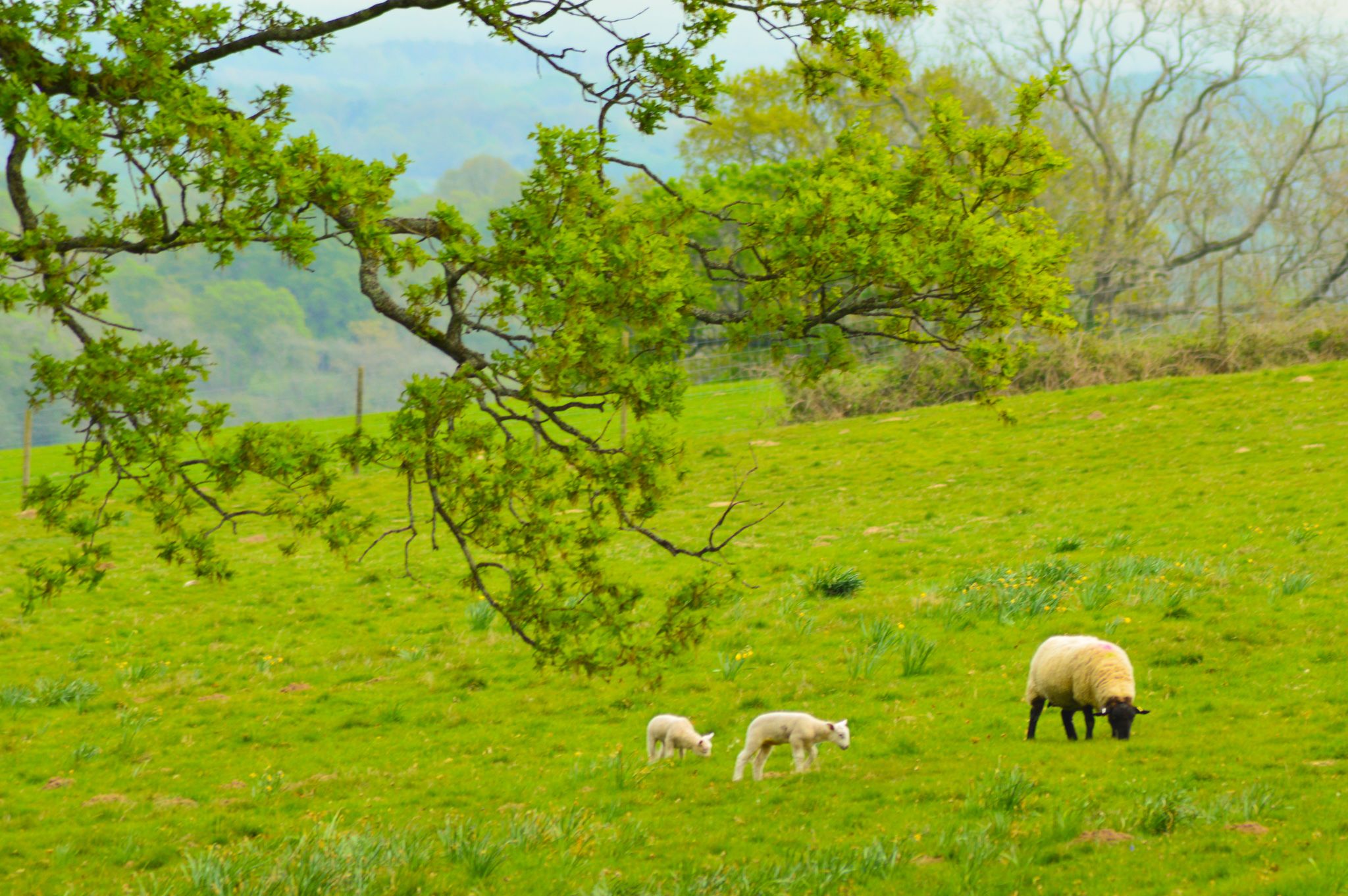
Chapter 3: Save our seas
Humans are driving marine ecosystems into decline.
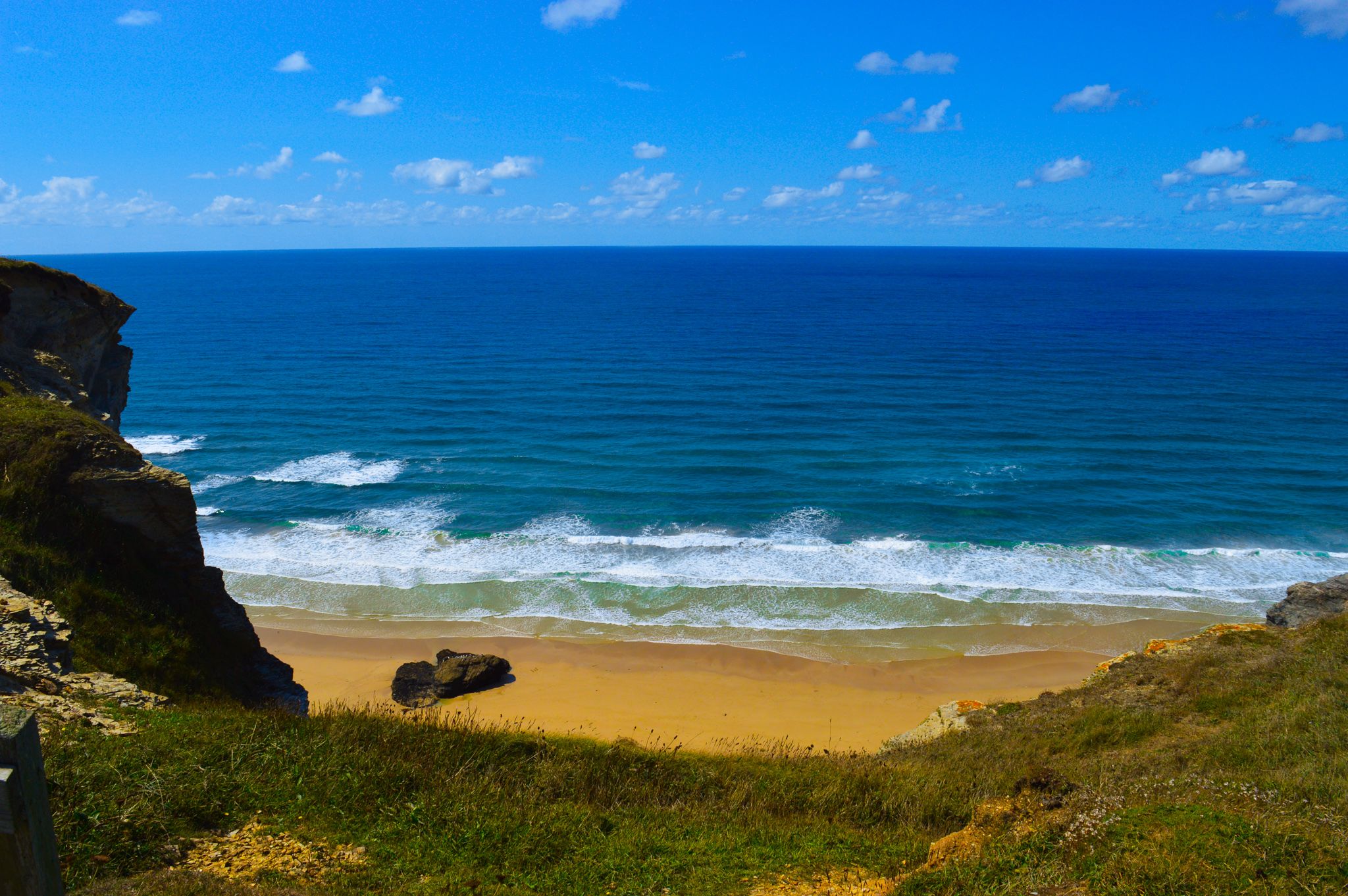
Humanity is as intrinsically linked to the sea as it is to the land. Marine ecosystems have also been depreciated to such an extent that habitats and species are in decline.
Head of communications and campaigns at Open Seas Nick Underdown says, "the UK has not been great at maintaining the health of its seas. From rockhopper gear for bottom trawling to dredging for scallops, these are highly impactful fisheries that are modifying our seabed habitat and that is proving not to be sustainable.”
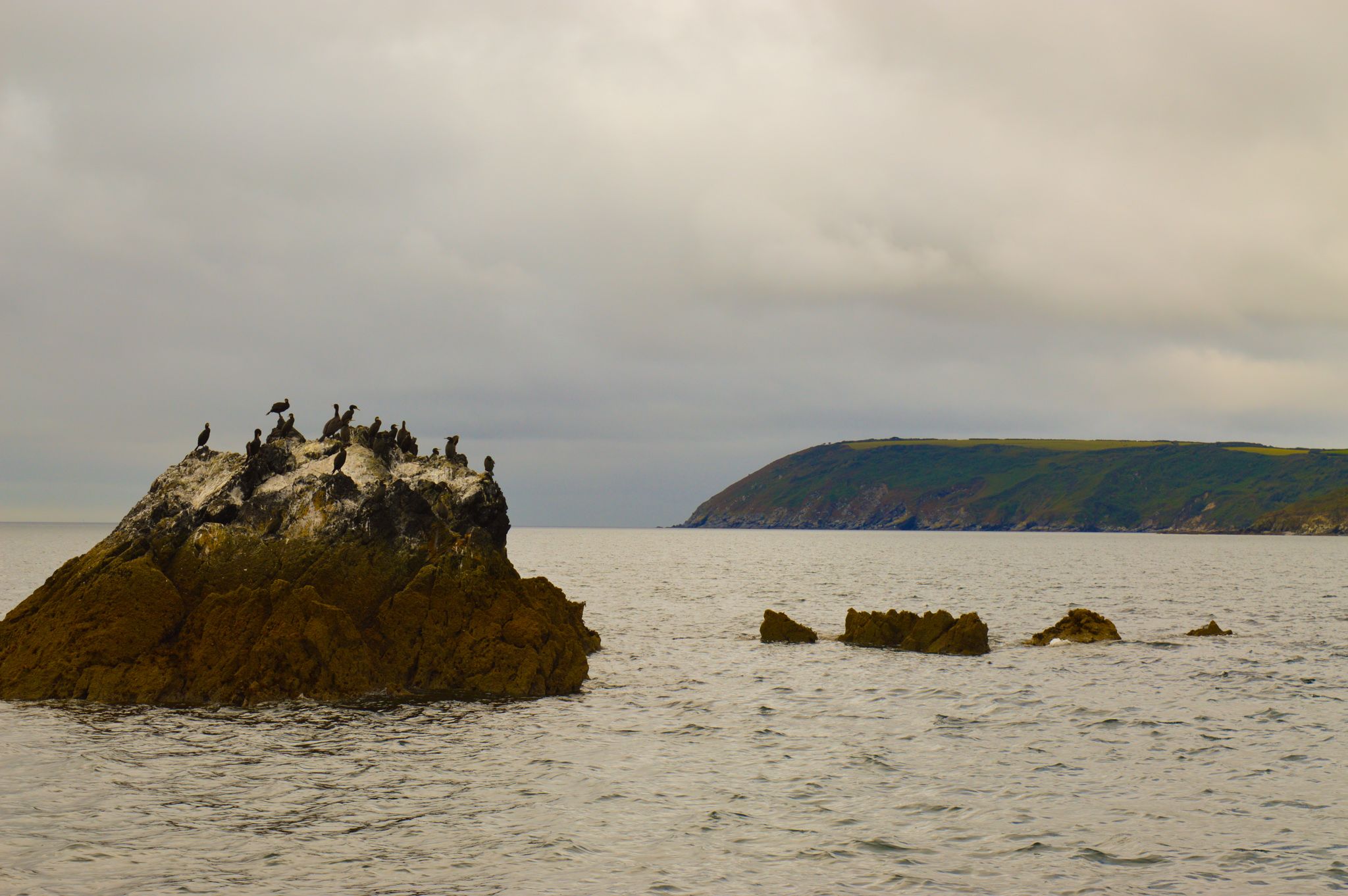
He says, “we are losing habitats, many fish populations have collapsed and are not recovering, so something needs to change.”
Much of the complex ocean life that should be abundant has been stripped away, and damage to the seabed has fundamentally altered the ecological foundations of the marine environment.
Marine protected areas (MPAs) have been established to safeguard targeted areas from further decline, but many of them continue to allow damaging practices.
Underdown says, "we have a deteriorated marine ecosystem, and it's still in deterioration despite some of the measures that we've taken to try and reverse that. We are carving up this jigsaw of MPA's thinking that will help, but actually we aren’t thinking big enough about how we recover our inshore waters at an ecosystem scale."
Marine rewilding works best at an ecosystem scale, where natural processes are re-established across large, connected areas, and targeted species are reintroduced to allow the flow of energy and nutrients through the trophic chain, letting nature lead its own recovery.
Restoration projects manager at Blue Marine Foundation Jacob Kean-Hammerson says, "it's (rewilding) a mechanism for us to recover beyond what was designated to us. It requires rethinking the status quo as to how things are managed in the marine environment."
Driven by pressures such as pollution, bottom trawling and coastal development, the decline of marine ecosystems is accelerating.
Kean-Hammerson says, "in general, it's (the ocean) in a pretty highly denuded state. In the grand scheme of human existence, it's (decline) accelerated quite a lot in the last 100 years."
Once vast kelp forests along the south coast have been diminished to small patches, reducing populations of diverse marine life, and the abundance of seagrass, a vital habitat for juvenile fish and effective carbon sinks has been significantly diminished.
Alike terrestrial rewilding, by enhancing biodiversity, ecosystem resilience and service provision, the marine environment can help tackle the climate and extinction crises.
Kean-Hammerson says marine rewilding "needs to accelerate as the climate change scenarios that we face become clearer and clearer … we're at an important stage."
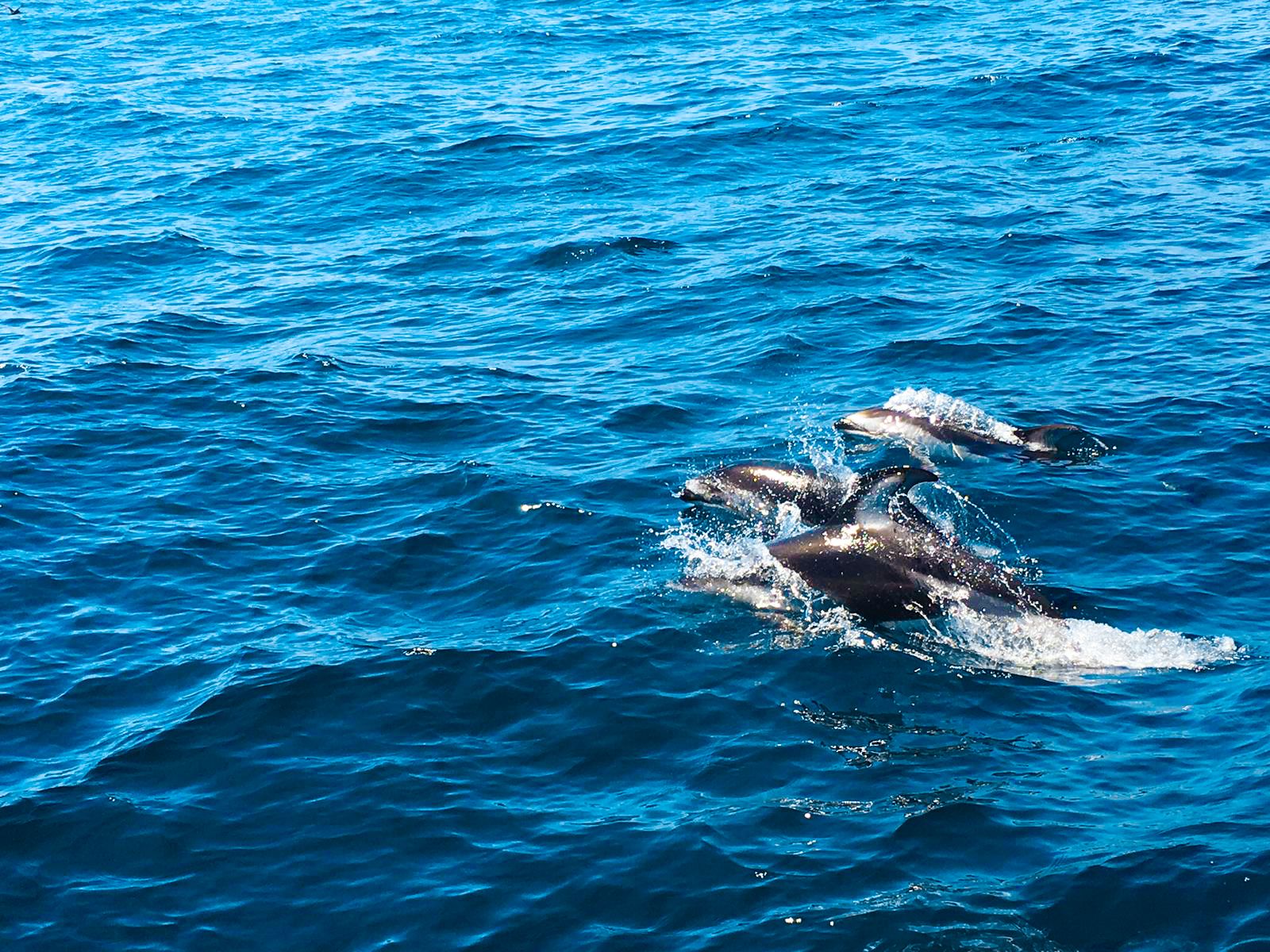
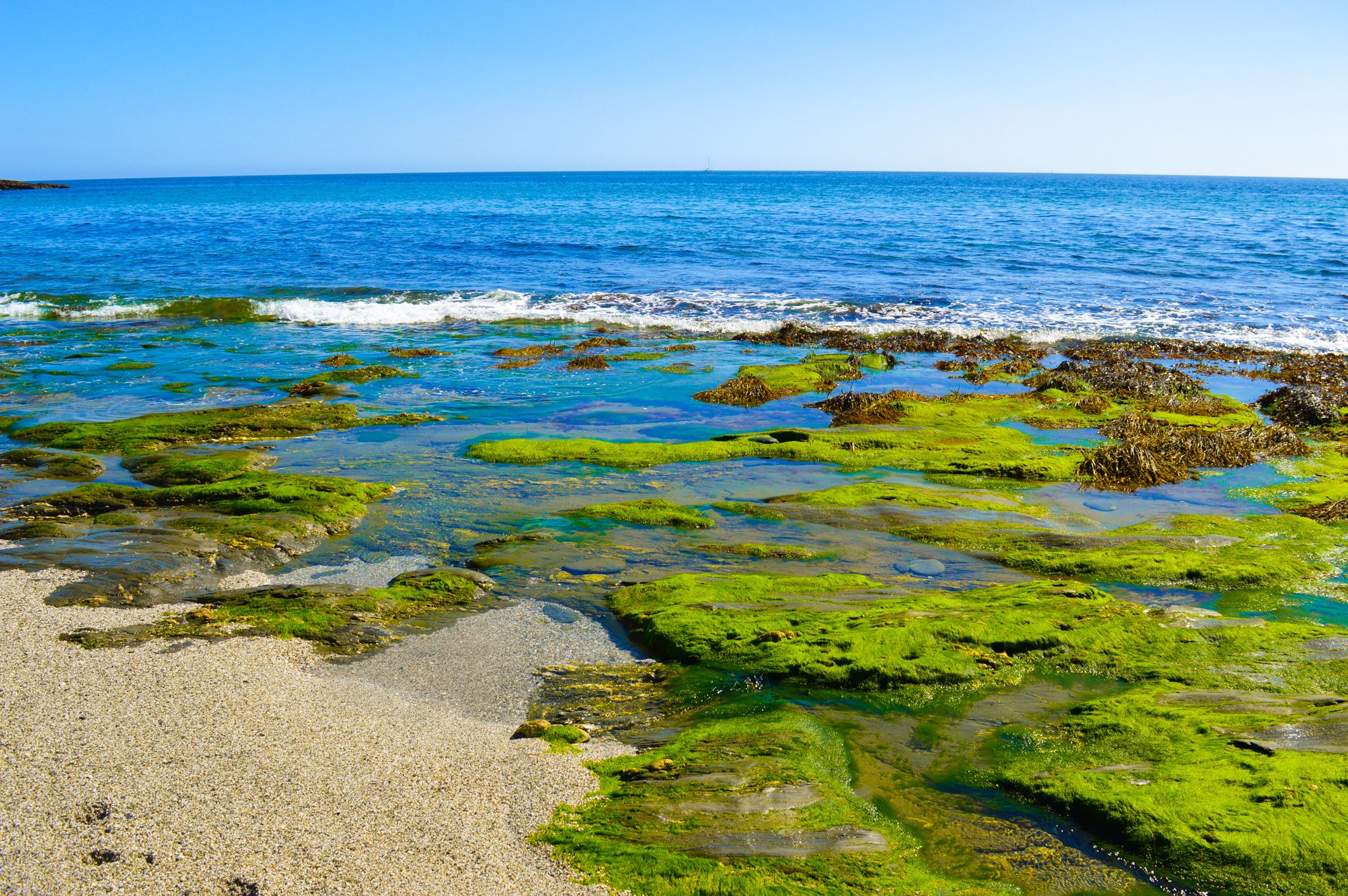
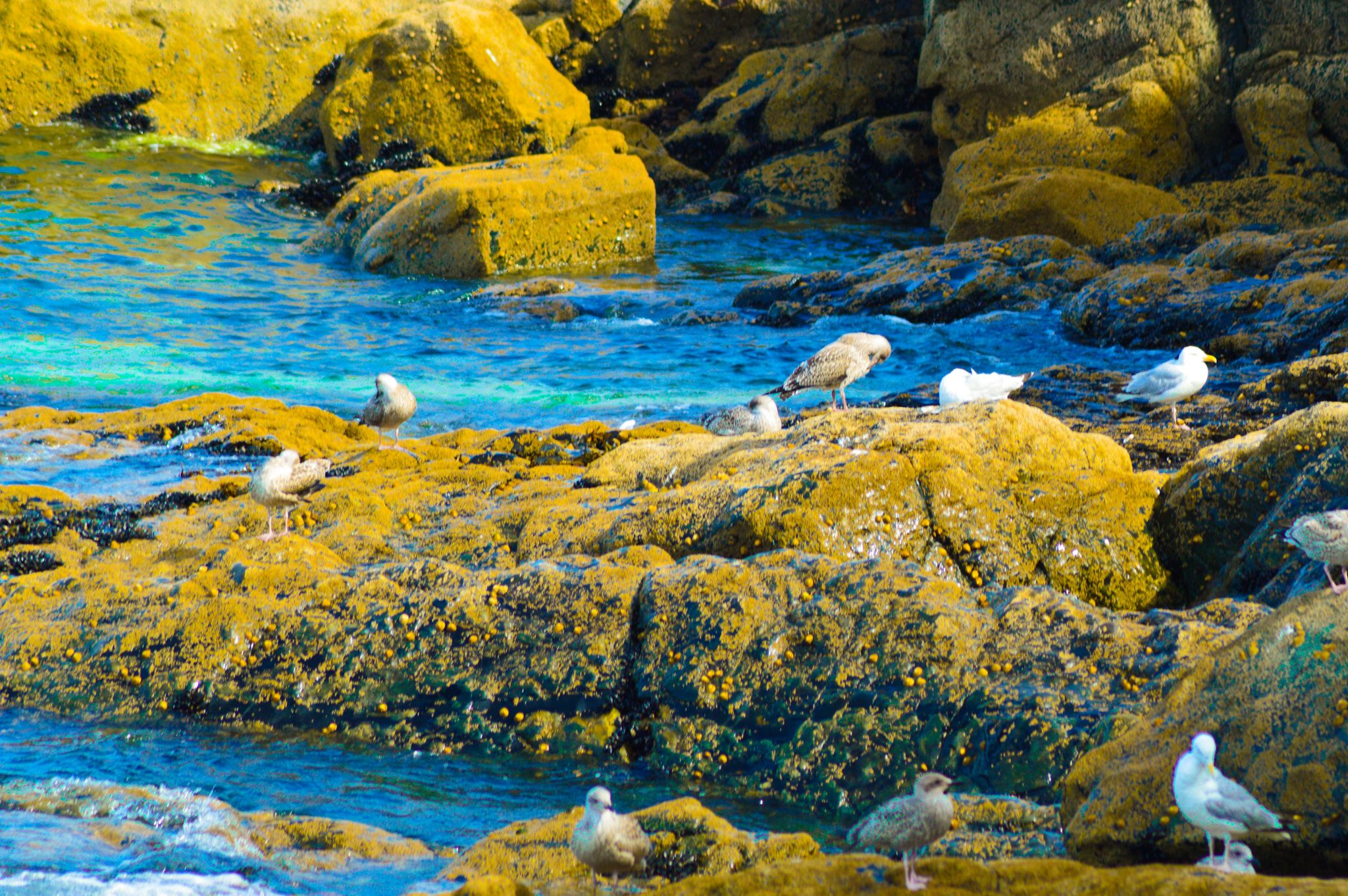
Chapter 4: Thirty percent
As species hurtle towards extinction, new projects appear across the country.

Climate zones in Britain are moving northwards at an estimated 5km per year. In 2010, a report entitled 'Making Space for Nature' revealed that existing reserves are not in a condition to respond to climate change.
Rewilding Britain are calling for a nature recovery network of core areas that are connected by wildlife corridors to be established.
Bunting says, "we want to see 30% of the country undergoing nature restoration by 2030. We'd like to see at least 5% of that core rewilding. The other 25% we would like to see nature flourishing."
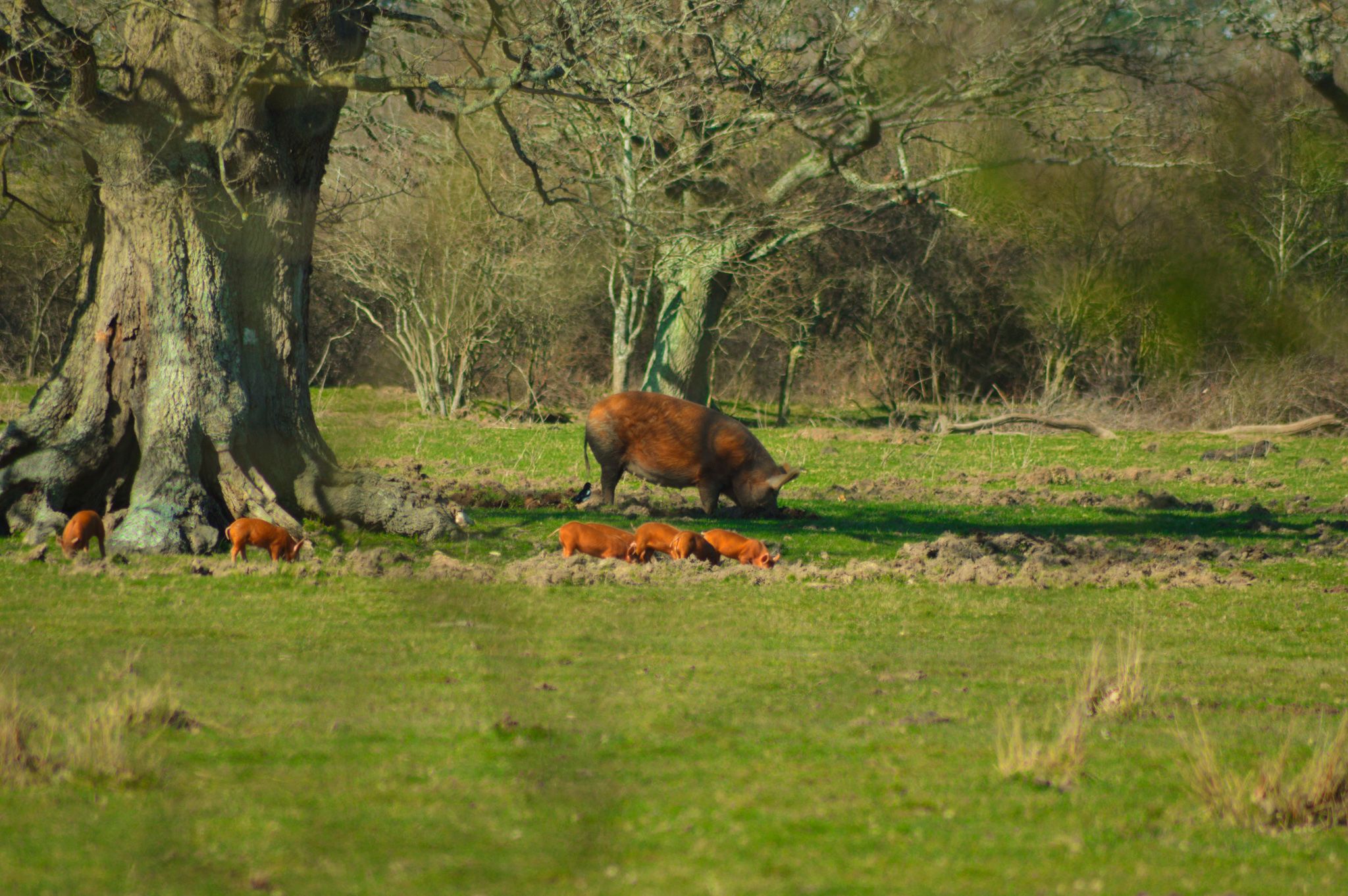
Blue Marine Foundation have set similar targets for marine ecosystems. Kean-Hammerson says, "the blue vision is for 30% of the ocean to be protected by 2030 and for the rest of the ocean to be managed sustainably."
Conservation sites in Britain are fragmented, and species that cannot migrate away from areas that global warming renders inhospitable face extinction.
With little dispersion and severe climate change, it is estimated that between 38-52% of species would be committed to extinction by 2050. If species can spread across a network of reserves, only 21-32% would face the same existential threat.
As the urgency of action on the climate crisis increases, projects appear across the country.
Heal Rewilding launched in March 2020 on a mission to transform 10,000 hectares of land in each of England's 48 counties within range of a city and a nature recovery network.
Chair of Trustees and co-founder Jan Stannard says, "it's an absolute emergency. Biodiversity declines are so awful in this country … it can't go on anymore. We need biodiversity on the edges of cities, we need it in the heartlands; we need proper nature recovery space everywhere, not just on the fringes. We are moving as fast as we can to fund as many sites as we can with good governance."
However, rewilding is a controversial concept, and some communities in Britain see it as a threat to the way of life ingrained in their cultural heritage.
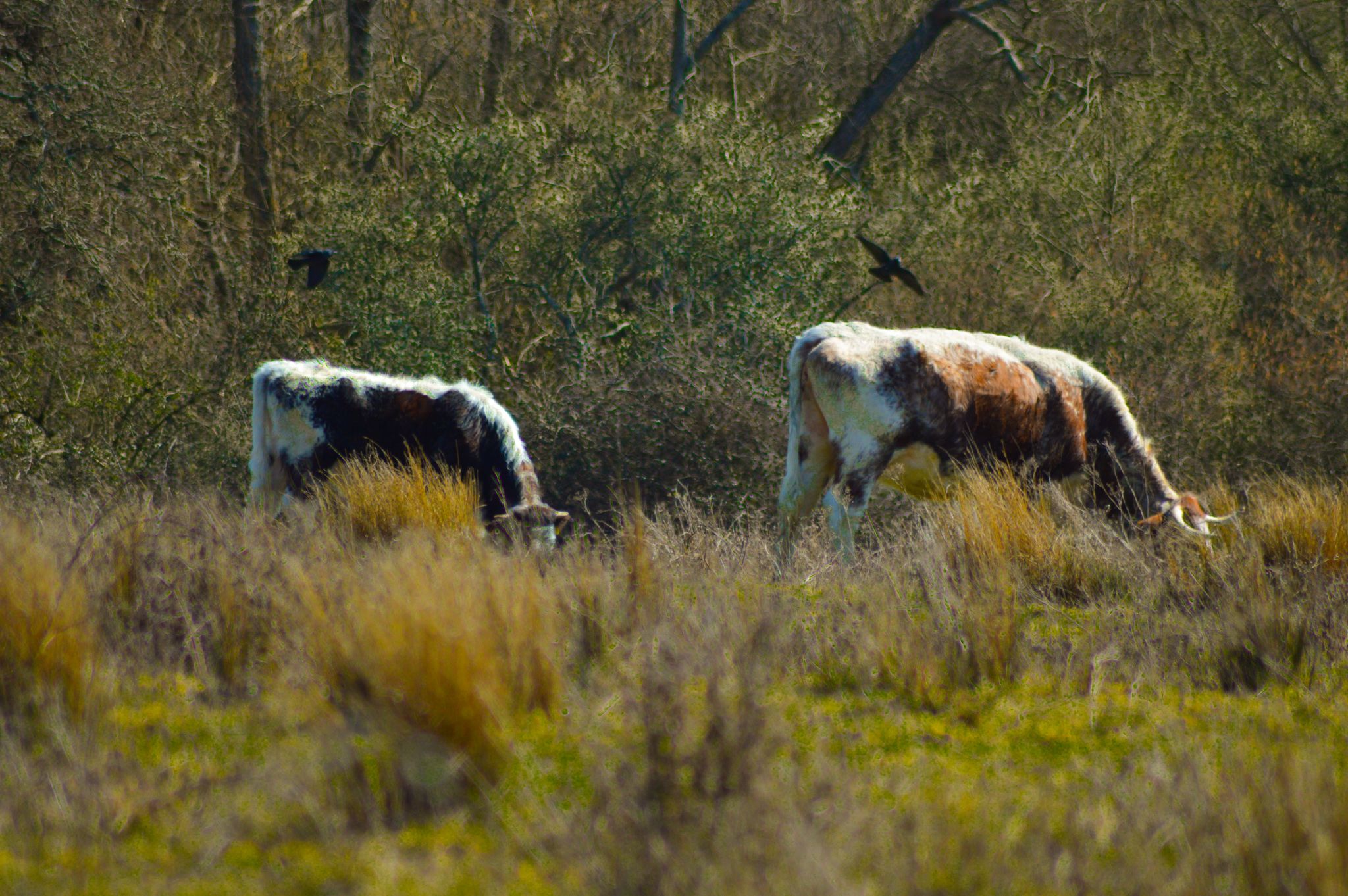
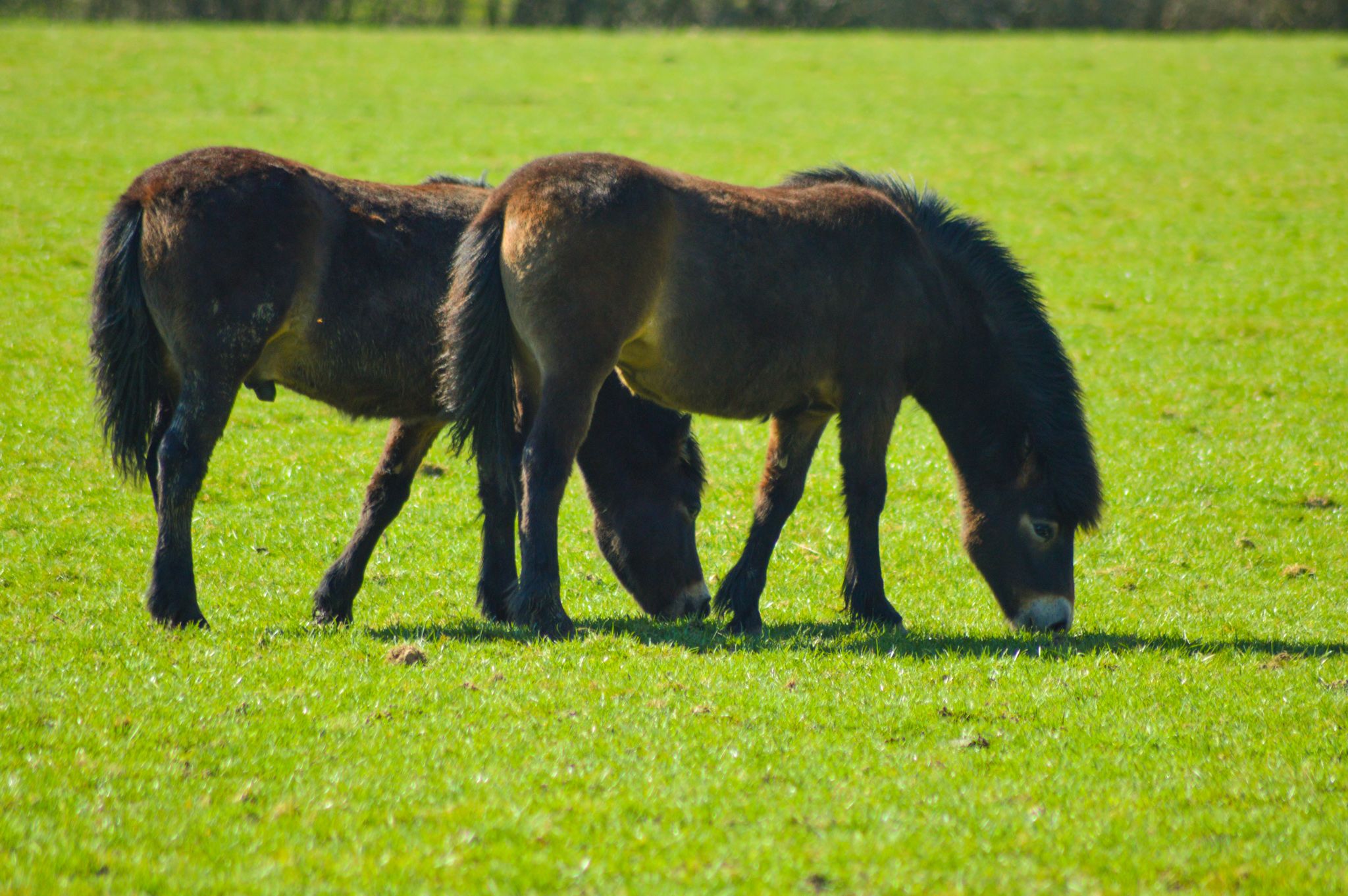
Chapter 5: We live here
Rewilding has proved controversial in many parts of Britain.
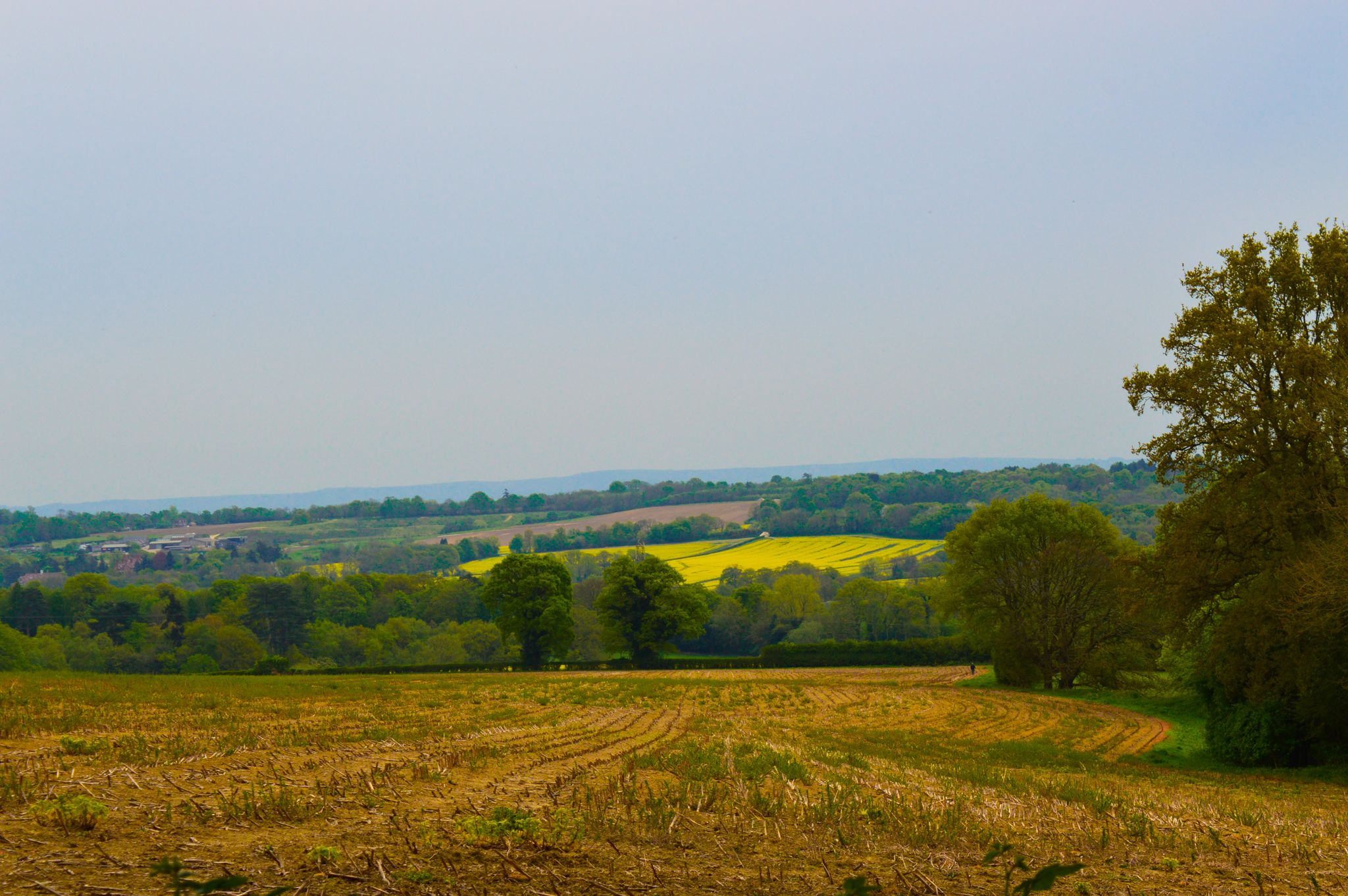
In recent years, rewilding has become a constant fixture on the British conservation horizon, and attitudes towards the concept are changing as it gathers momentum.
Often, opposition to the concept comes from the rural communities most likely to be affected by it. Challenges regularly arise when defining the role of humans in rewilding, especially in a cultural context.
Head of policy at National Farmers Union Wales Nick Fenwick says, "we accept the problems with existing ecosystems … (but) rewilding is effectively the removal of the people that have been living there for 6000 years."
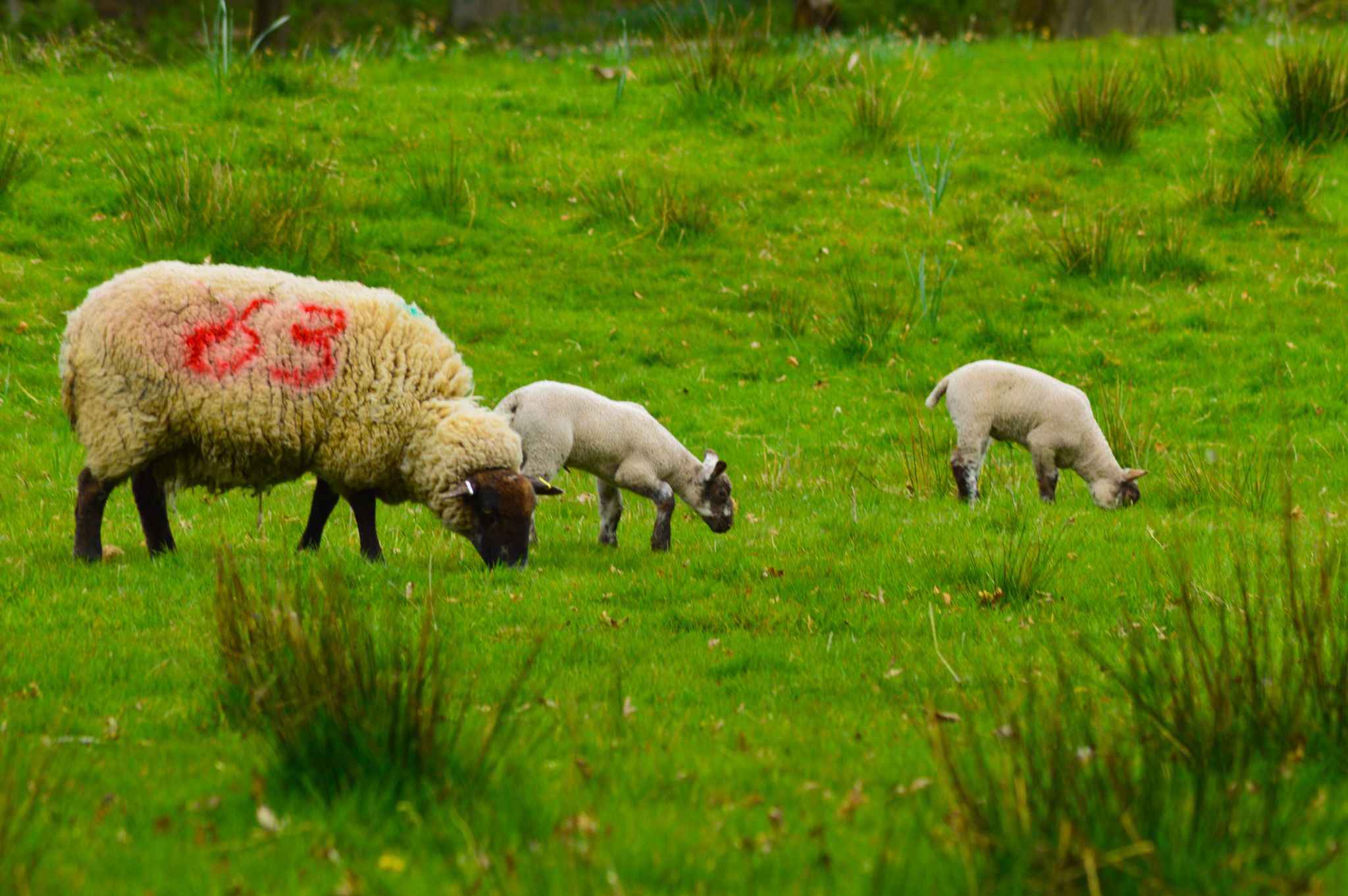
The Welsh language stretches back millennia. Today, it is predominantly spoken in rural communities. Census figures indicate that 43% of agricultural workers speak Welsh compared to a national average of 19%.
Fenwick says, “the language is inherently linked to agriculture. Here, if you're dealing with agriculture, you're speaking in Welsh. It’s difficult to see how you won’t sever that link."
"It's very angering in a rural community to be treated in the way that we feel we are treated and there is a huge undertone of colonial attitude to rewilding here (Wales)."
Fenwick points to Rewilding Britain's involvement in the Summit to Sea project, which proposes the restoration of 10,000 hectares of land and 30,000 hectares of the sea in Wales, as a salient example of local opposition to rewilding.
"Despite what some claim, they (Rewilding Britain) did try to speak to local communities...It's difficult to engage with people when you're proposing their destruction."
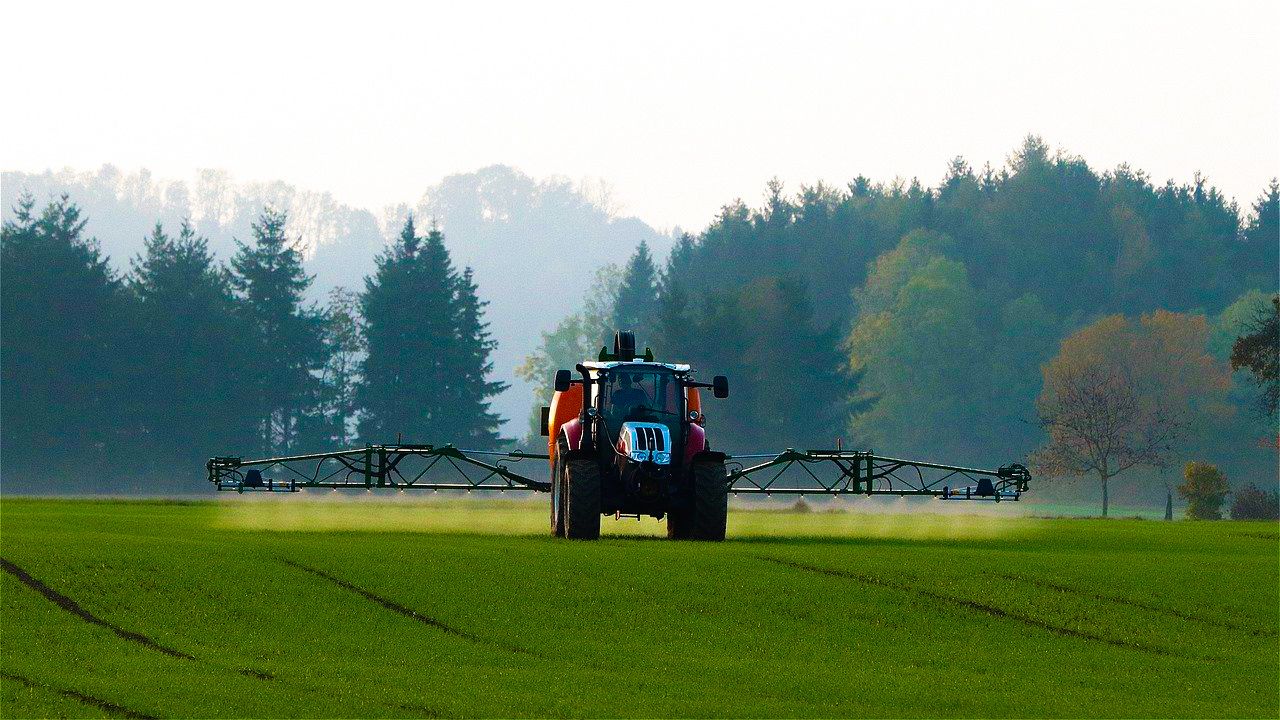
Credit: Pixaby
Credit: Pixaby
Back at Rewilding Britain Bunting says, "there are several big misconceptions about rewilding that bubble up to the surface. There is a notion that rewilding means the reintroduction of big predators or that it means pushing people off the land … people are absolutely key, they're at the heart of rewilding. You need people to help make rewilding happen."
Henrike Schulte-Tobunhe is a PhD student at the Institute of Zoology. She says, "problems that arise when projects are proposed are not so much about ecology, but about people having very different ideas of what a piece of land should look like. The main challenge is to come up with a decision-making process that is fair and transparent."
Among rewilders, there is hope that the radical post-Brexit shake up of environmental and agricultural policies is an opportunity to do just that.
Chapter 6: Once in a generation
Because of Brexit, Britain is at a historical juncture.

To date, the moral and material responsibility for nature has fallen to charities. When the UK voted to leave the EU in 2016, a once in a generation opportunity to embed rewilding in government policy presented itself.
Schulte-Tobuhne says, "because of Brexit, the UK is in a unique position where environmental policy can take a new direction."
As an EU member state, Britain's environmental policy has been profoundly impacted by its membership. Breaking from the union has created new space for thinking about how terrestrial and marine areas are managed.
Schulte-Tobuhne says, "in the traditional western way of thinking, people can't be where nature is, we're always going to ruin it. In this other way of thinking it's more like, how can we have a more constructive relationship to the other species around us? We don't have to leave, we don't have to starve, but we have to make space for other species."
In its 25-year environment plan published in 2018, the government committed to creating or restoring 500,000 hectares of new space for nature and restoring 75% of terrestrial and freshwater sites to a favourable condition.
New Environmental Land Management Schemes (ELM), part of the Agriculture Act 2020 replacing the EU's Common Agricultural Policy, which awarded taxpayer money for environmentally damaging practices in the form of agricultural subsidies, states that public money will be paid out for providing public goods.
Although no specific mention of rewilding is made in policy documents, Natural England, the government's adviser for the environment launched a species reintroductions taskforce in May 2021.
In a speech to think tank Bright Blue, Lord Goldsmith, minister for the environment at the Department of Environment, Food and Rural Affairs (DEFRA) said, "we will build on work to rewild and reintroduce native species – like beavers building damns that slow the flow of water through the landscape, alleviating flood risk in a changing climate and more besides."
DEFRA has also expressed intention to increase measures to protect marine environments. A spokesperson said, "we are leading calls for a new global target to protect at least 30% of the ocean by 2030 and examining stronger protections for our ‘Blue Belt’ of Marine Protected Areas."
Back at Rewilding Britain Bunting says, "the government is promising to take a different approach, one which factors in ecosystem service benefits. The devil is in the detail. If the government get it right, it could be a transformative opportunity to reinvigorate nature in this country."
